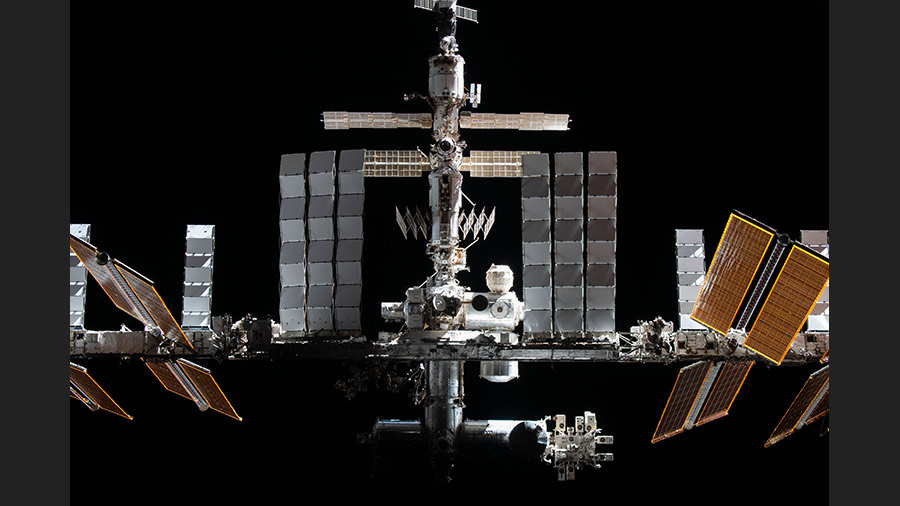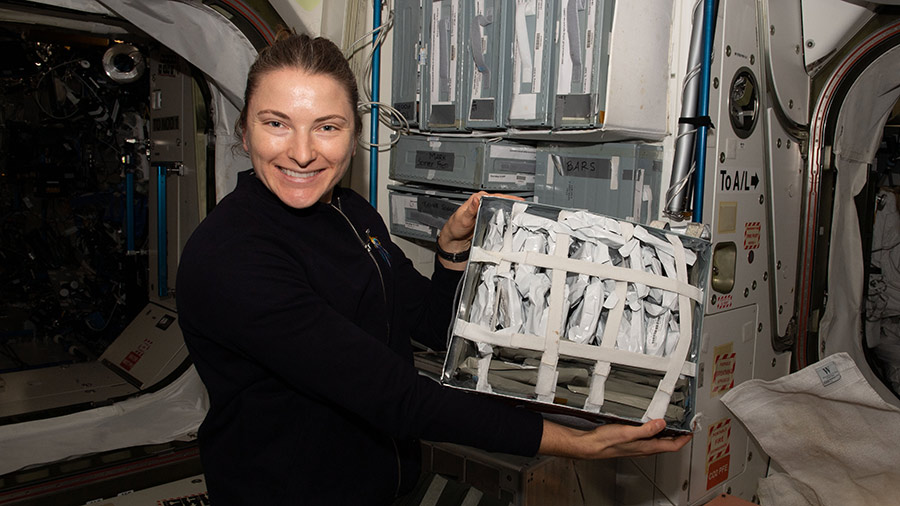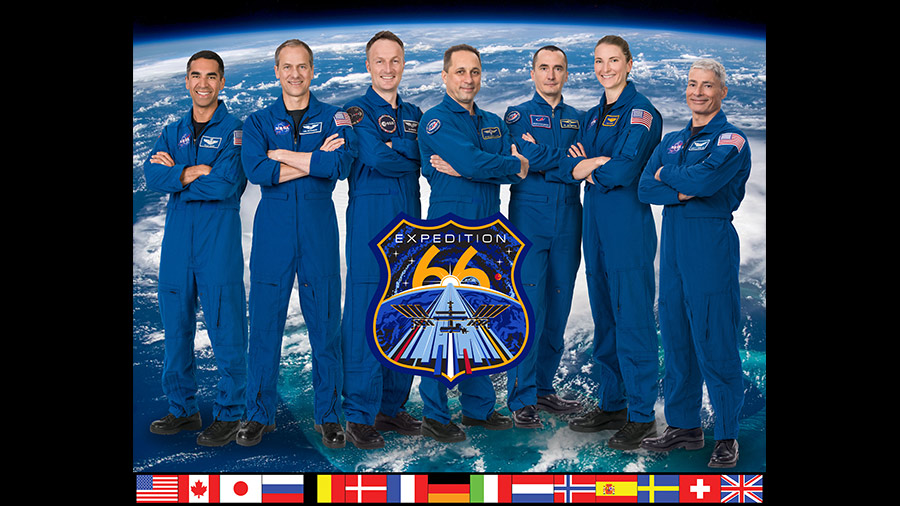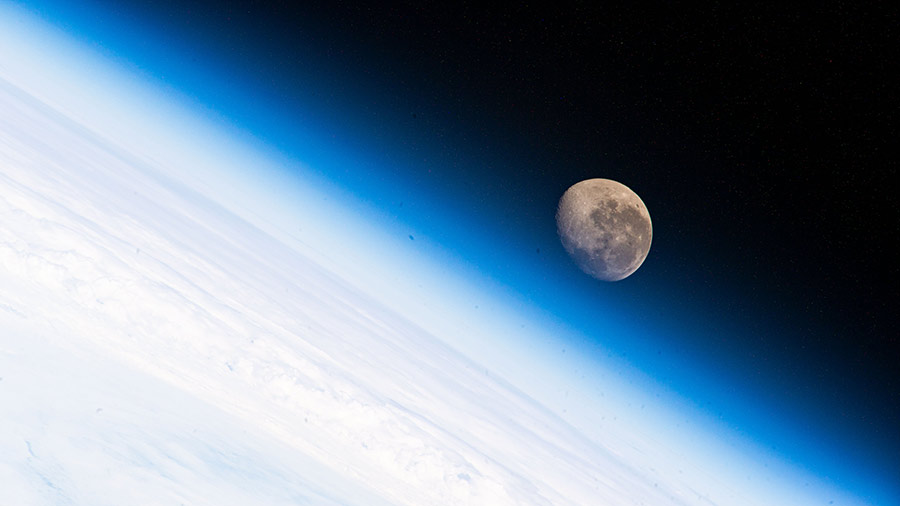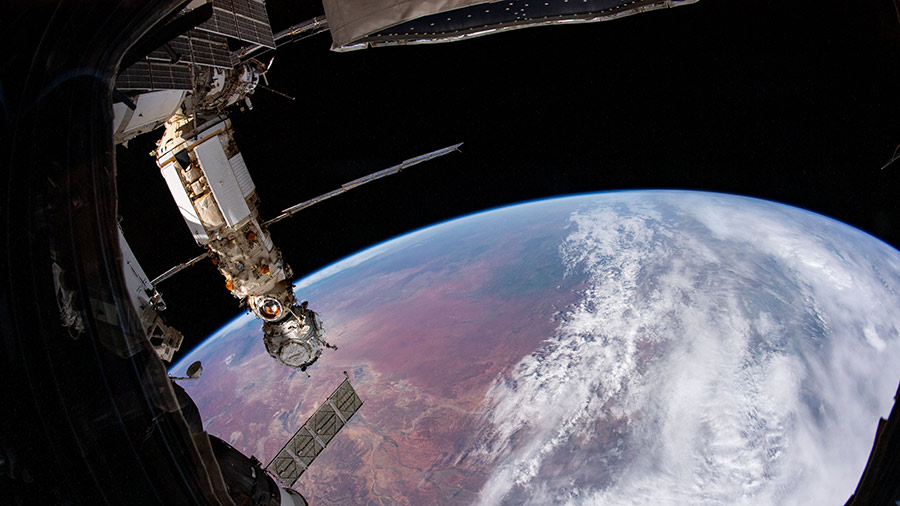
A Russian cargo craft is at its launch pad counting down to a lift off tonight to resupply the International Space Station. Meanwhile, the seven-member Expedition 66 crew stayed focused on a variety of research activities while getting ready for another cargo mission due to arrive early next week.
Russia’s ISS Progress 80 resupply ship stands at its launch pad at the Baikonur Cosmodrome in Kazakhstan loaded with nearly three tons of food, fuel, and supplies. The 80th cargo mission from Roscosmos is due to launch tonight at 11:25 p.m. EST and automatically dock to the Poisk module on Thursday at 2:06 a.m. live on NASA TV and the agency’s website and the NASA app.
A U.S. cargo mission is also on tap to launch on Saturday at 12:40 p.m. from Wallops Flight Facility in Virginia. The Northrop Grumman Cygnus space freighter will arrive at a point about 10 meters from the space station when the Canadarm2 robotic arm, commanded by NASA Flight Engineer Raja Chari, will capture the vehicle at 4:35 a.m. next Monday. Robotics controllers on the ground will take over shortly afterward and remotely install Cygnus to the Unity module a couple of hours later. Chari and his back up NASA Flight Engineer Kayla Barron are training today on a computer for the upcoming robotics activities.
While two rockets are getting ready to blast off to the orbiting lab this week, the space lab residents stayed busy today with space science and station maintenance activities.
NASA Flight Engineer Mark Vande Hei continued setting up the Combustion Integrated Rack for the upcoming SoFIE, or Solid Fuel Ignition and Extinction, series of fire safety studies. Astronaut Matthias Maurer of ESA (European Space Agency) participated in a vision test then wore a specialized body suit that stimulates muscles for the EasyMotion exercise study. NASA astronaut Thomas Marshburn started the day on computer maintenance before spending the afternoon in the Tranquility module working on the U.S. treadmill.
Commander Anton Shkaplerov of Roscosmos activated the EarthKAM experiment in the Harmony module for a weeklong session of Earth photography remotely-controlled by students on the ground. Flight Engineer Pyotr Dubrov continued setting up the Nauka multipurpose laboratory module for operations.
Learn more about station activities by following the space station blog, @space_station and @ISS_Research on Twitter, as well as the ISS Facebook and ISS Instagram accounts.
Get weekly video highlights at: http://jscfeatures.jsc.nasa.gov/videoupdate/
Get the latest from NASA delivered every week. Subscribe here: www.nasa.gov/subscribe




